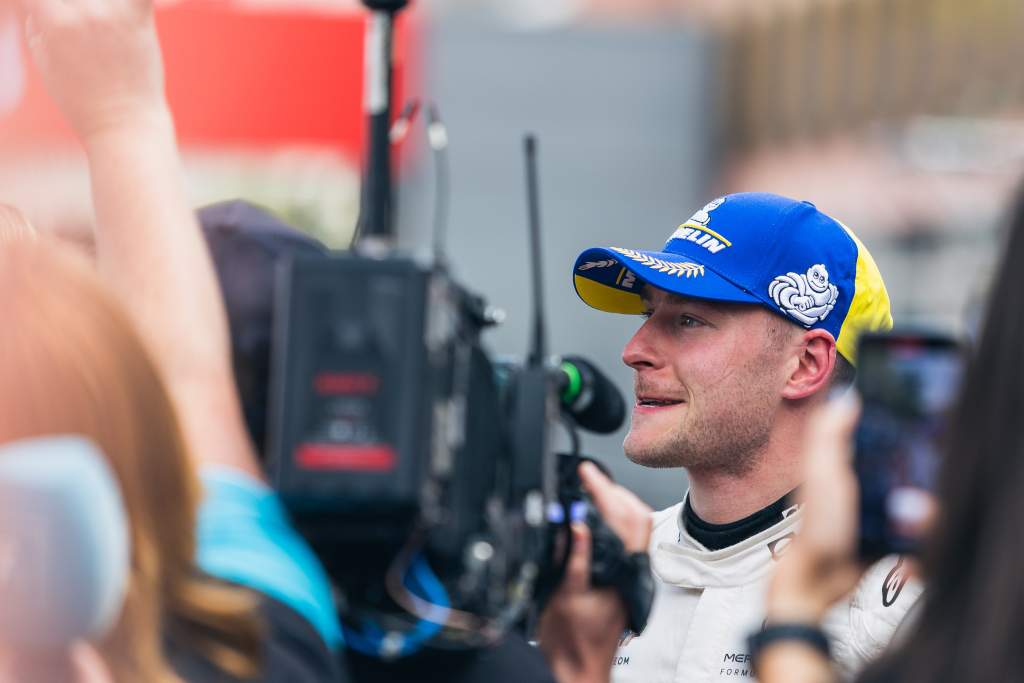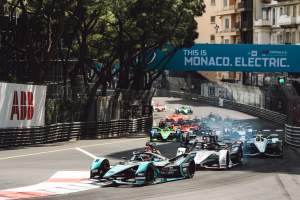With all respect to Maximilian Guenther, who earned every one of his fine three E-Prix victories for BMW, it stands as a curious statistic that the German had won more races than Stoffel Vandoorne prior to Saturday’s Monaco E-Prix.
That’s more a musing on the fact that Vandoorne and Mercedes EQ have been such a powerful package for the last two seasons but reaped few ultimate rewards together than they might have.
The realities of last year’s Formula E randomness combined with some outrageous misfortune almost created bespoke clichés to describe Vandoorne’s Formula E career so far.
Monikers from ‘Formula E’s most unlucky’ to its ‘most deserving of the title’ abounded. Most were accurate to some degree but in the wild world of 2021 Formula E they also had shelf lives.
Vandoorne’s progress in Formula E actually came to the fore in the truncated 2019-20 pandemic affected season. That was when he took his first victory and started to properly get to grips with the sometimes dizzying nuances of the all-electric championship.
Now, in the more balanced and hierarchical Formula E of 2022, which is mostly due to the new qualifying format, Vandoorne appears to clear the final hurdle in his quest to realise his clinical speed and aptitude for executing races.
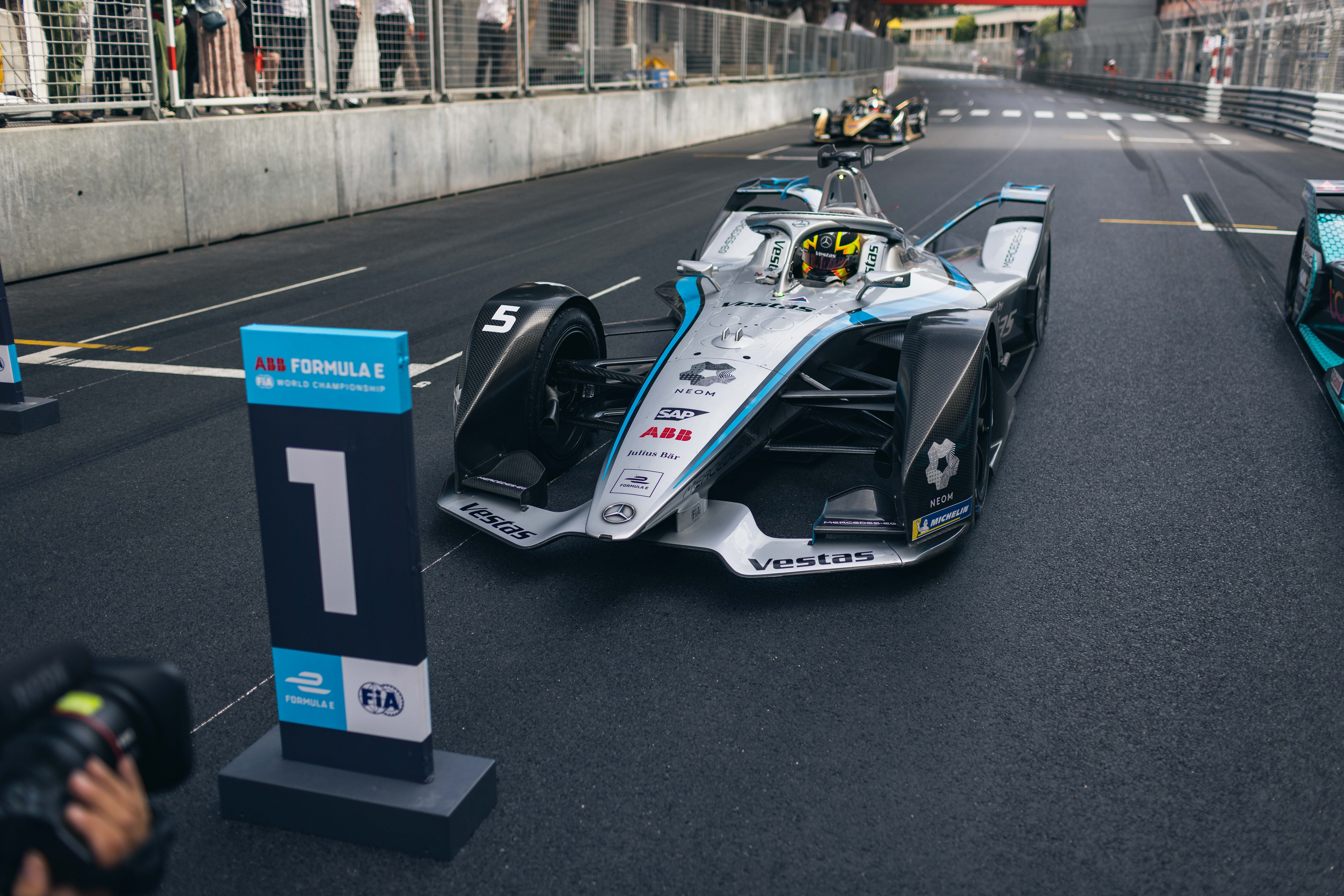
He’s doing it amid a quickly unfolding new pattern to races, one where early phases of races see drivers save as much energy as they can to the detriment of rolling their sleeves up and fighting for positions.
It’s become a bit of a feature this year, to say the least.
Last season’s randomness saw mixed up grids where a lot of the front runners were saving a lot because they’re quite far back in the field or stuck behind ‘corks in the bottle’.
With that gone drivers are realising that engaging in energy-expensive battles will muddy the bigger picture later in the race.
Vandoorne’s team manager, Gary Paffett, knows a few things about how drivers function within sporting format changes, and he has seen Vandoorne embrace the new methods quickly.
“I think this year, we’ve seen some early races where people, including us, are a bit guilty of thinking because we are at the front we’ve got to race for position, and in fact, you’re not getting racey, you’re just burning energy,” Paffett told The Race.
“Someone that’s in fourth or fifth position saves a bit of energy, and they can just beat you all at the end.
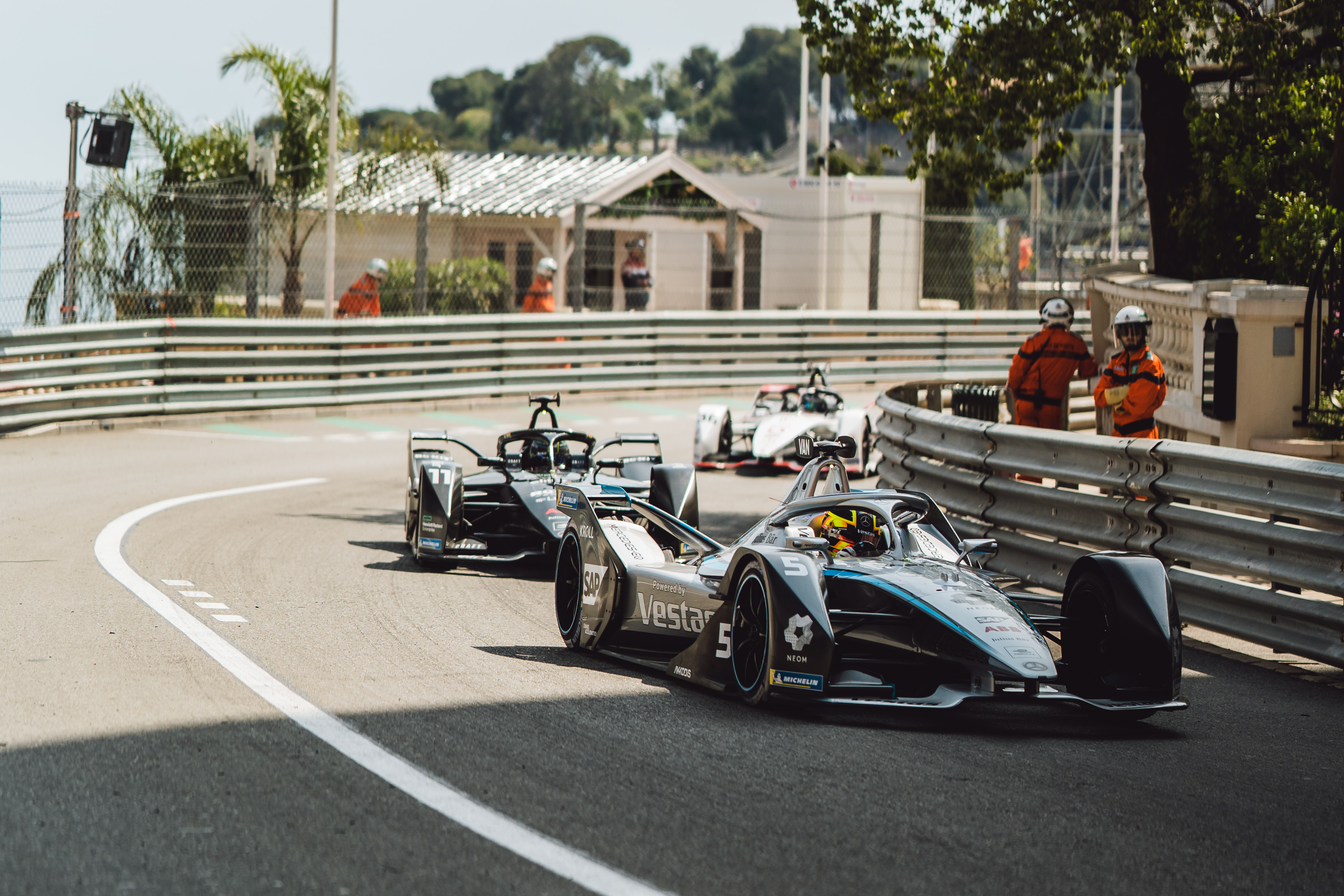
“I think this race was a good example of where we are at the moment. Guys at the front like Mitch (Evans), who was trying to save energy but was leading the race, but the pack stays very compact for a very long time.
“It’s always that moment when you come out of the ramp down and you get the first energy figures, you’re like ‘oh no!’.
“Today, our cars, we’re both a percent up on others, which is great, but sometimes it can be quite a long time before you know where you are, and the drivers have to react.”
Paffett dispels any misnomer that Vandoorne has changed much in his approach since that first Mercedes season. Its’ more of a subtle evolution running parallel to the changes in the championship.
Eureka moments rarely happen and in Vandoorne’s case, his past travails have been so varied. There were the missing races – Marrakech 2020 and New York City 2021; the mistake races – Santiago and Mexico 2020; and the wrong time, wrong place races like Puebla and London in 2021.
“I think he’s quite a similar driver to last season but obviously he is just improving a little bit step by step, last year he struggled here (at Monaco) a lot actually,” says Paffett.
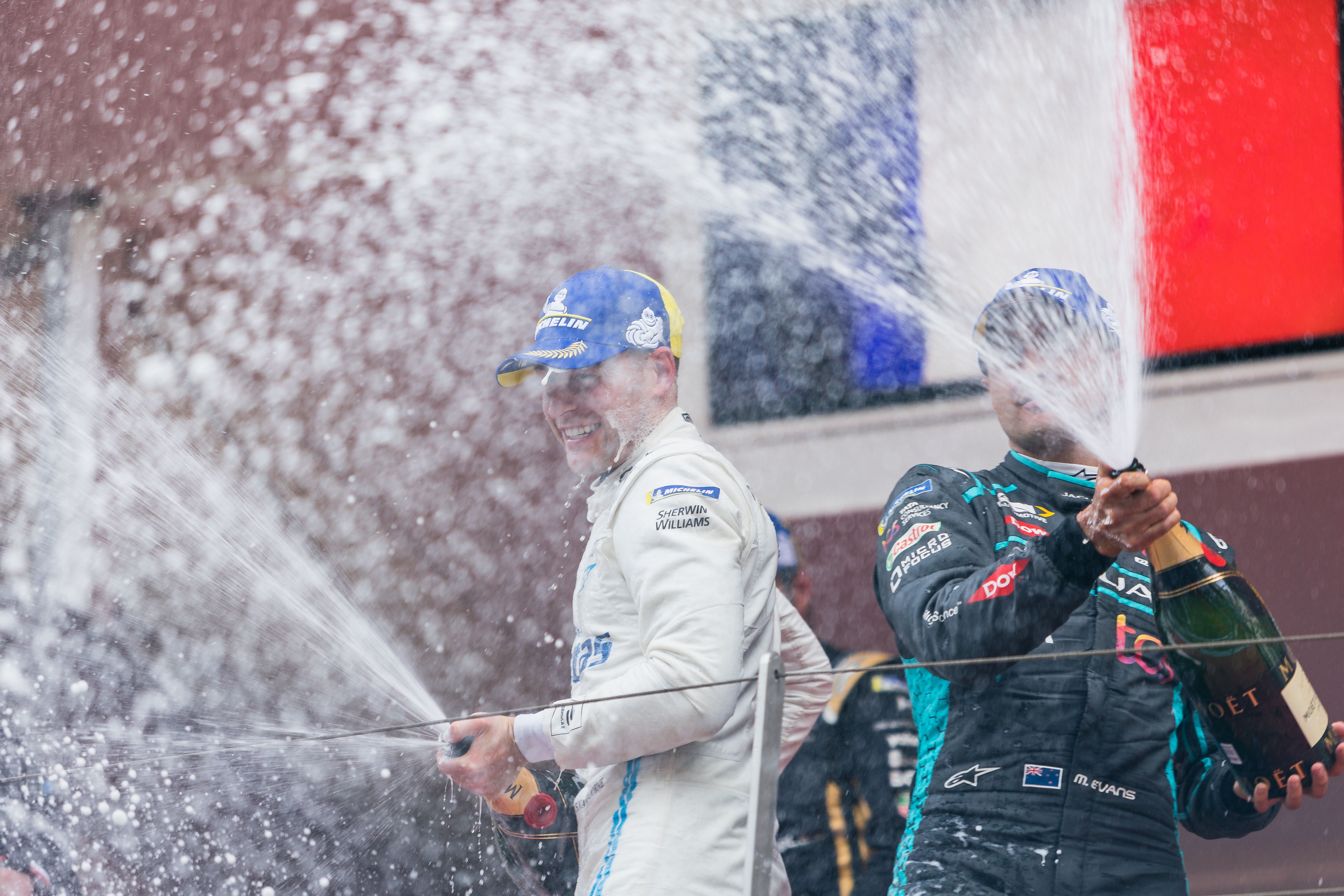
“His race management for at least the last season, probably more, but certainly the last season, has been impressive.
“As teams you try and manage the race and you want to try and treat the drivers as robots sometimes, like ‘we will overtake now’ and ‘we want to do this now’.
“Stoff is very good at that, we’ll take attack mode expecting him to go and overtake and we’ll tell him to, and he will do it
“That execution when he needs to do it he executes, and that’s what makes I think Stoffel different.
“When he’s got a good race car under him like he did today, he’ll get the job done.”
It wasn’t without frights though, including pushing the full course yellow procedure to its limit after one was deployed to retrieve Pascal Wehrlein’s crocked Porsche.
Formula E’s procedure sees the race director count down from five seconds to zero for drivers to reduce their speed to 50kph.
When the drivers get to zero, they get “another five-second countdown on their dashboard” according to Paffett.
“By that point, you have to be at 50kph.
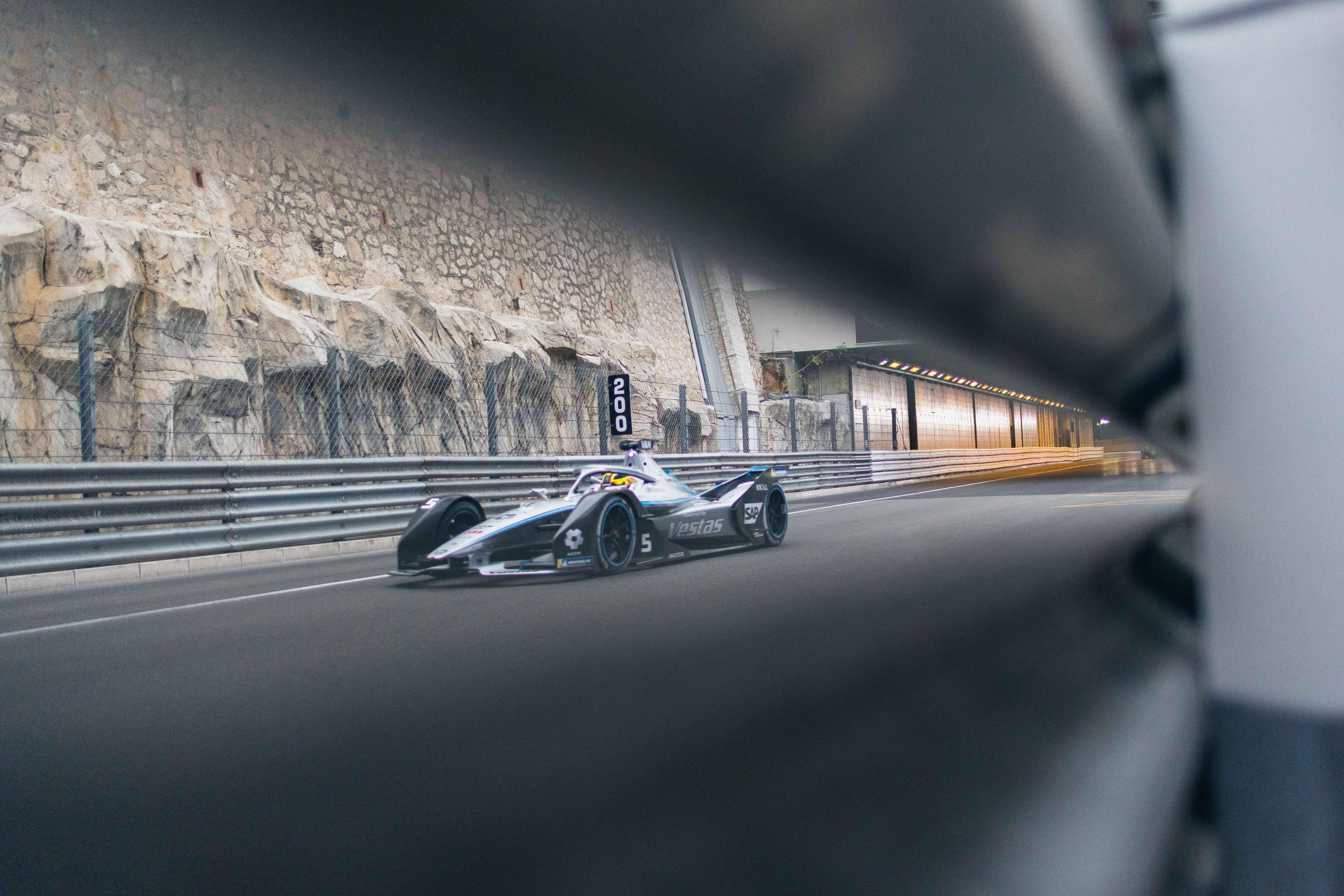
“I think that some guys have done a lot better job of judging that today, it’s quite hard to judge, especially when you’re at high speed to get down to 50kph.
“We all practice the pit entries and stuff, and you get a braking point, things like that, but on a track where you’re normally flat out to get that on-point is quite difficult.
“So, I think a lot of people were cautious, Mitch (Evans), I think was very cautious, Stoff wasn’t as cautious but nailed it and got a bit of a gap.”
Although that was nullified by the following safety car for the Rowland and Lotterer bout, it was another delicate detail that incorporated Vandoorne’s return to the top step of the podium after a year’s absence.
So, in the new style of Formula E, the expectation leaving Monaco is that Stoffel Vandoorne will need not wait as long for a fourth victory in Formula E.


